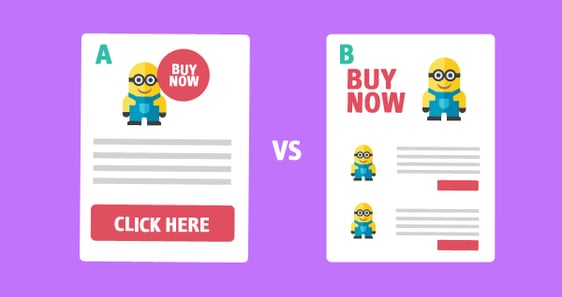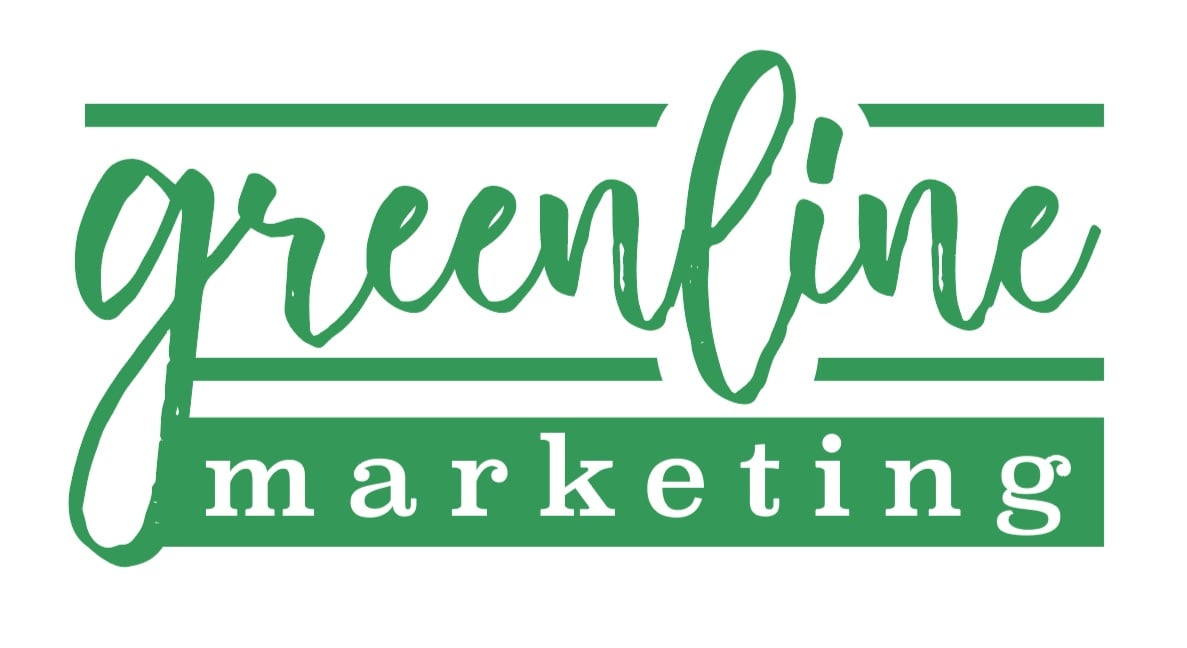BrightEdge cites benefits of A/B testing to include improved user engagement, improved content, reduced bounce rates, increased sales, and conversion rates. So what exactly is this magical type of testing?
What is A/B Testing?
A/B Testing is basic market research in which only one variable is changed at a time, so differences in results can be directly identified and explained. An example might help … Instagram post A would be a photograph with a caption, and Instagram post B would post at the same time, with the same caption, but instead using an illustration or designed graphic rather than a photograph.
The controlled variables are day, time of day, and written content. If the photograph has higher engagement numbers then it can be concluded that followers actively prefer that type of content over the graphic illustration. This experiment can be conducted in many different ways to target different types of variables and metrics.
Here are a few examples of variables you can test using the A/B testing process…
 Video length
Video length- CTA placement
- Post copy length
- Messaging
- Email campaigns
- Design style
- Ad format
- Ad objective
- Audience
- Landing Page Layout
- Number of form fields
- Button Color
- Hashtags
Why utlize A/B Testing?
Microsoft's search engine Bing managed to increase its ad revenue by 25% with the help of A/B testing. This method of testing is affordable, efficient, and provides clear direction for the best course of action to take. More specifically, A/B testing can help you discover which types of content your followers prefer when it comes to content and copy. Another article explained how Dell A/B tested over 10,000 landing pages until they found one that ultimately increased their conversion rate by 300%. That’s a serious increase!
By testing and measuring engagement you can gauge whether your followers prefer video or photo content, captions with or without emojis, long-form or short-form copy, and on and on. You can A/B test nearly any element of your marketing content, and ultimately, tailor every aspect of your social posts to fit the preferences of your consumer audience. Just remember: the key here is to only test one element at a time.
A step-by-step guide to A/B Test
- Pick one variable to test. There may be many things you hope to change about your digital marketing content. But for A/B testing to really work, you need to hone in on one specific aspect of your content to evaluate the effectiveness of one specific change.
- Determine your goal. Do you hope to increase Instagram impressions? Do you want to increase responsiveness to CTAs? How effective are your email campaigns? All of these questions will help you define your goal for your A/B testing.
- Determine your metric. If your goal is to increase your brand’s visibility, then unique new followers are the metric by which you measure your success. If your goal is increasing email engagement, you might measure email clicks and opens. The metric depends on your goal and will give you a clear set way to measure the success of your testing.
- Create two posts: an ‘A’ post (or ‘control’ post), and a ‘B’ post (or a ‘challenger’ post). The ‘A’ post should consist of content you might normally create and share. The ‘B’ post is a variation of the control and should be more out of the ordinary from what you might normally incorporate in your marketing content. For example, a controlled variable would be an email subject header with plain copy, and a challenger post would be the same email subject header with emojis included.
- Identify your sample groups sizes & split them equally and randomly. This will ensure that your results are reflective of your larger consumer audience. Marketing automation platforms like Mailchimp and Hubspot can help you do this!
- Send out both A & B posts simultaneously. (see marketing automation platforms above for help with this too.)
- Analyze results. Are your results statistically significant? Hubspot has an A/B testing kit to help you with this process. After you determine what your results mean, you can change the course of action for your future content, or even move on to test other variables using A/B testing too!
Our Top 5 A/B Testing Tips
- Test ONE variable at a time for clear, optimal results. A/B testing can be fun once you get the hang of it but remember you can always test another variable after you finish the current test run.
- Make sure your audiences are large enough. Parameters should be specific enough to be accurate, but not too narrow that they cut down your sample group sizes excessively.
- Keep an eye on the algorithm for Google, or for whatever tool or platform you’re using to test your content. Algorithm updates happen more frequently than you might think, and can affect how your ads, posts, or website appear in a consumer’s feed or search results.
- Test low effort-high impact variables first. Once you get a few affordable, quick wins under your belt, you can move on to more spendy, complicated A/B tests.
- Use testing tools to help! In addition to Mailchimp and Hubspot mentioned above, we recommend Lyssna, Omniconvert, Google Optimize, Visual Web Optimizer, and Crazy Egg.
For those of you preparing for 2021, trying to understand why your emails flop, or just looking for new ways to increase sales and conversion rates, A/B testing will help answer your questions and show you the way. Remember to be patient and to test only one variable at a time - you got this!




